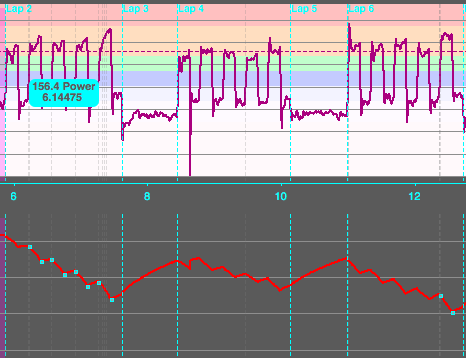
VO2 max training is one of my secret keys to building strong cyclists, and it's the key to unlocking bigger functional threshold power (FTP) gains later in your training. Physiologically, VO2 max is the maximal amount of oxygen your body can use during high-intensity exercise. FTP is simply a fraction of that maximal amount under which your body is primarily producing energy through aerobic means. Basically, think of VO2 max as your fitness “ceiling”. You can only increase your FTP so far before you start running into that ceiling, so you have to “raise the roof” on your fitness if you want to bump your FTP up further.
Here's the part most people don't realize: you don't need to backload your program with a ton of 5 to 8-minute intervals in order to accomplish the goal of VO2 max training.
VO2 Max Training In 30 Seconds?
Microburst training is one of the many tools I use to build fitness in the athletes I coach. Surprisingly, microburst training (which is a fancy way of saying really short, really hard repetitive interval training) is a quick way to boost your cycling fitness and make you stronger and faster. It's been tested time and time again, and while it's TRUE that you can build big fitness in 30 second blocks, you have to be prepared to bury yourself in the pain cave for a while. If you're able to handle the intensity, you'll end up realizing fitness gains you never believed you'd find in such a short time.
But how can blocks of 30 to 50 seconds build fitness that will allow you to crush those 4, 5 and 6 minute efforts in races and fondos? After the jump, I'll explain why it works, cover the physiology of it and give you a few workouts that you can integrate into your weekly training.
Continue reading “VO2 Max Training in 30 Seconds”
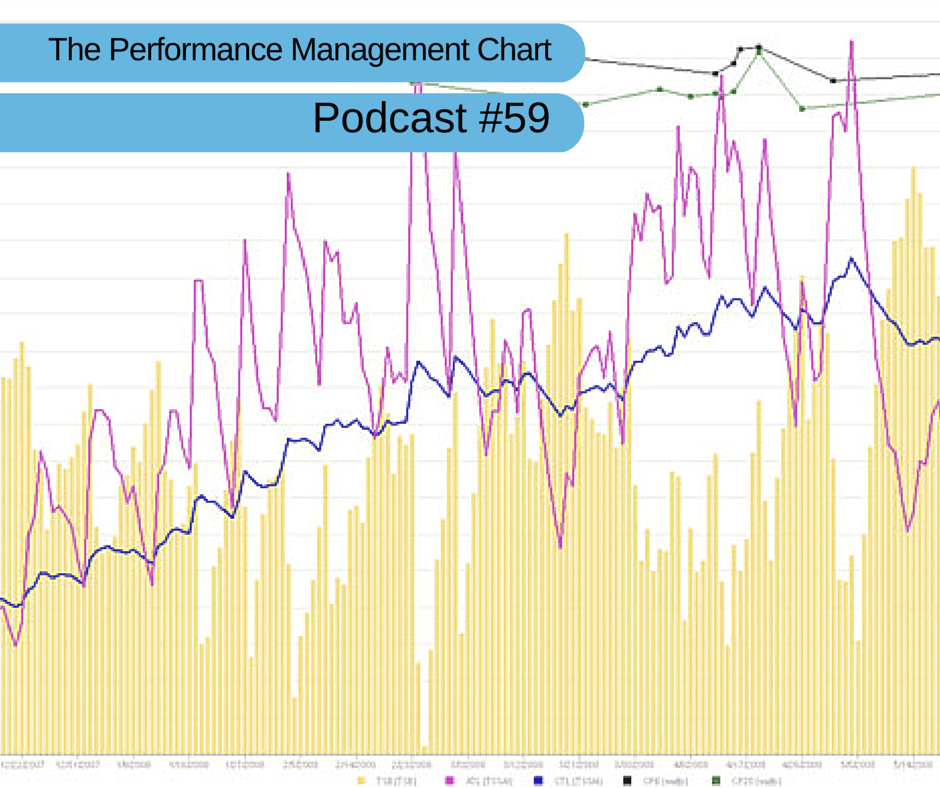
What is a cycling performance management chart and what can it do for you? Is it just a way to graph your fitness? Does it tell you if you're ready to race? Will it keep you from overtraining?
The performance management chart (PMC) is one of the lifelines between an athlete and their structured training work load. Many of my listeners, customers and athletes have asked me what all those squiggly little lines and numbers mean? Sure, there's a basic concept of “keep on climbing” the fitness mountain, but it's a far more nuanced tool than just that, revealing information about your fitness, form and where you may potentially be overdoing it.
After the jump we'll discuss the basics of the PMC, how you manage your training and your fitness using a PMC, how to read all those little lines and how you can use the PMC as a tool to maximize your performance. I'll also talk about what the PMC CAN'T do, which is perhaps the most important thing to know.
Check the show notes after the jump for more:
Continue reading “The Cycling Performance Management Chart (Podcast #59)”
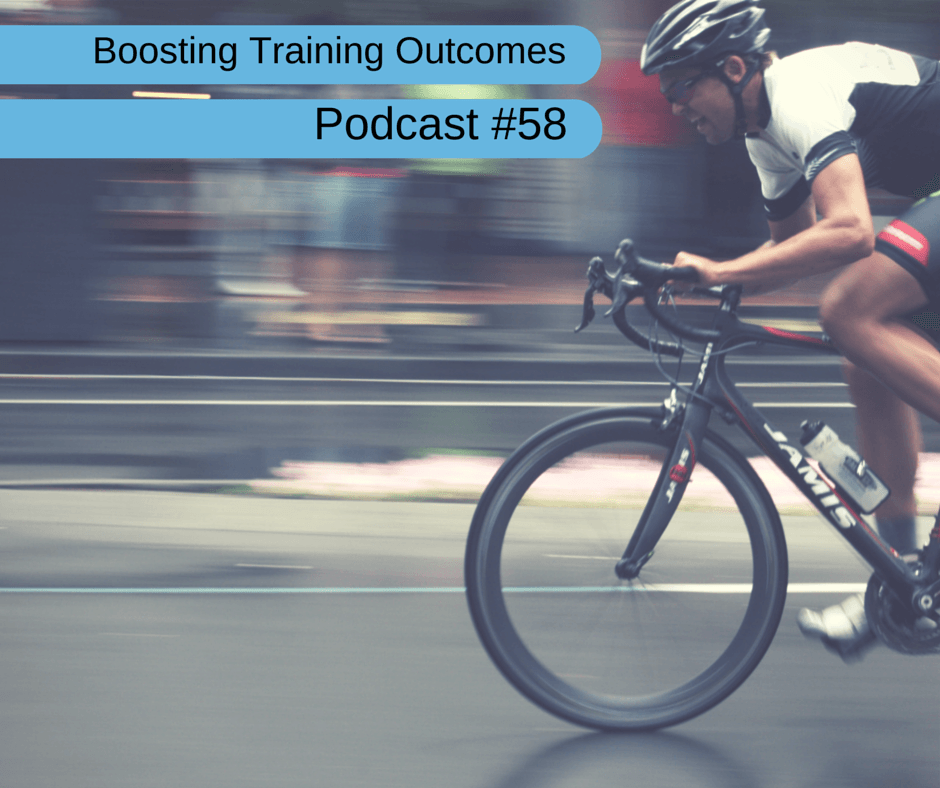
This time of year, the focus of your questions has turned from how to get strong and fit for upcoming events to wringing the most out of your training time. If you are anything like the 99% of cyclists for whom riding a bike isn't a job, you have limited time to train and need to get the most out of each hour. I'll wager that these questions that I'm getting will apply to many of you out there. It's true that no question is a stupid one, and since there's a lot of valuable information in each of the topics I'll talk about, I've put them together into a podcast intended to help you boost your training outcomes.
In this episode of the Tailwind Coaching Podcast, I'll explain how you can boost your fitness and increase your training outcomes with some simple techniques. After the jump, you'll be able to peruse the show notes and read a synopsis of what's talked about in this episode.
Don't forget to hit the like and share buttons on the left to share this information with your friend, group ride buddies and teammates!
Now, learn how to boost your training outcomes with these simple tips:
Continue reading “Coaching Q&A – Ways to Boost Your Training Outcomes (Podcast #58)”
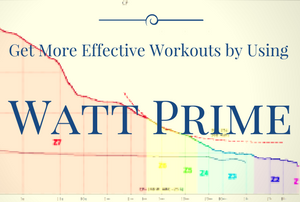
What is W’?
W' is the brain child of Dr. Phil Skiba. He describes W' as the amount of work (in joules) that an athlete can perform ABOVE their Critical Power. Critical Power, or CP for short, is essentially the power a muscle can provide without fatiguing significantly. It is similar to functional threshold power, but there are a few differences on the physiological level. For the purpose of this podcast, we'll consider CP and FTP to be the same since they are numerically quite similar.
Essentially, W' is a measure of energy, specifically a measure of Anaerobic Work Capacity, or how much anaerobic effort an athlete can put out before fatiguing to exhaustion. If you look at the chart above, you'll see a black line drawn through the power curve. Although this represents an effort during a workout, it perfectly illustrates W'. Everything below that black line would be considered aerobic work that can go on for a LONG time. Everything above that line would represent W'.
As a clearer description, Dr. Skiba has likened W' to a battery in the past. He has suggested that each effort above CP/FTP causes your battery to drain a little bit. Once you let off the gas and drop below your CP/FTP, your battery begins to recharge. Unfortunately, the recharge is slower than you think, especially the harder you work UNDER your CP/FTP. So it follows that if you burn your battery up, and then continue to perform just below your CP/FTP, your battery will recharge VERY slowly. All the energy that would go into recharging your battery is going to power your performance.
Once you've expended all of your W', it's game over, you blow up and you're done for the time being.
There are some hypotheses about what causes W' to recharge and what happens when we expend all our W'. Those are for another podcast, where we'll talk about how to possibly improve W' recharging, but for now, we'll deal with the practical application of W' using Golden Cheetah.
Check out the video podcast for some information on W' and how you can use it to interpret your training (assuming you're training using something like a Stages Power Meter.)
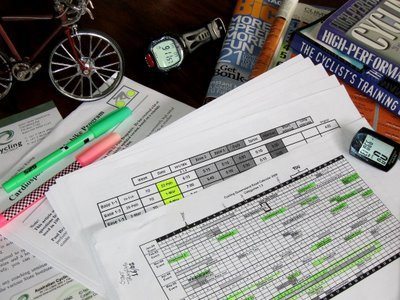
If you don't know the strengths and weaknesses of your fitness, how can you possibly begin to work on them? If you don't analyze your season, how can you possibly know your strengths and weaknesses? Sure, you can probably guess at those strengths and weaknesses and you might get some of them right, especially the glaring ones like “I can't climb too well”. Some other weaknesses aren't as obvious, and guessing at your fitness strengths and weaknesses, training blind and then hoping for the best is a ticket to failure, or if not failure, sub-optimal performance in races, group rides and fondo rides.
It should sound obvious that you need to do some evaluation of last season's failures, but you should also evaluate your successes so you can improve upon your best performances. In this episode of the Tailwind Coaching Podcast I'll discuss some tricks for what went right and what went wrong last season, along with why you're reviewing your season now and how to change your training in the coming months.
Click through for show notes and more information:
Continue reading “Analyzing Your Cycling Season (Podcast #52)”





